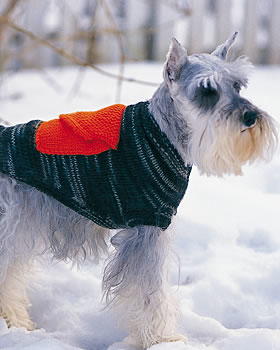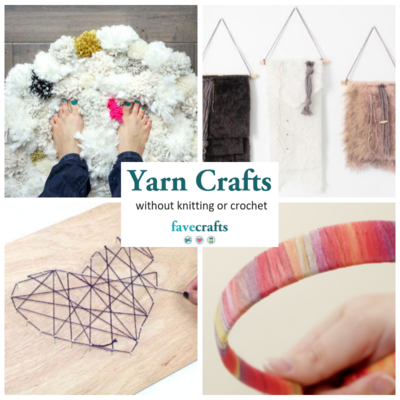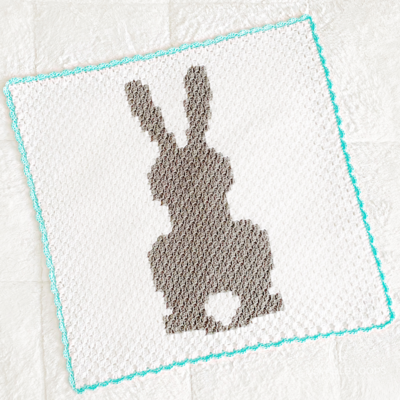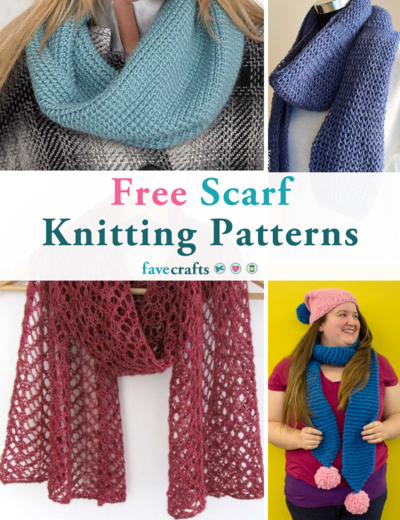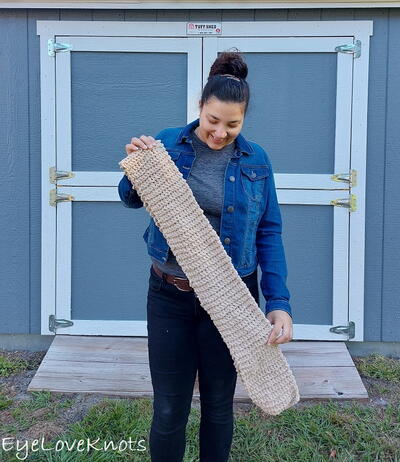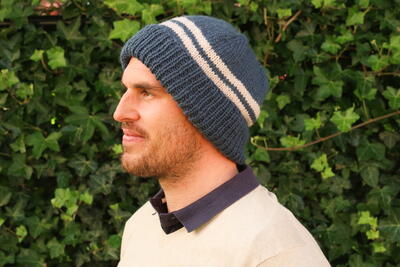Guest Tutorial: Casting On
Judy Graham, Hollywood knitter to the stars, shares a video tutorial for how to cast on for knitting. Her technique uses two needles to cast on with ease. With over fifty years of hand-knitting experience, you can trust her!
Casting on is the first step in knitting. Casting on means putting stitches on to the needle. There are many different ways to Cast on, but this is how I learned and to me it seems the easiest. Here is how to do my 2 NEEDLE CAST ON:
- Make a loop over the needle and tie it. This will be your first stitch.
- Hold the needle in your LEFT hand pointing to the RIGHT.
- Place your left thumb on top of the needle and your left index finger below the needle. (Your thumb should be closer to you and the index finger away from you.) Hold the dangling yarn taut over your right index and below your right ring finger.
- With your right hand guide the right needle up through the loop on the left needle.
- With your right hand put the yarn over the right needle, pull that needle downward while pulling the yarn with it under, pull it forward, twist it up onto left needle. You should now have 2 stitches on left needle.
- Continue to cast on till you have 20 stitches (or more) to practice on.
You are now ready to knit!
Read NextColor Divide Knit Sweater
Your Recently Viewed Projects
williemaesitole 73 64449
Jul 15, 2012
I have been looking for knitting instructions for a while. I can cast on but have trouble with the return stitch. Now I see how to do it. I love the easy instructions, they make it so simple to follow. I will let you know how my first product comes out. Thanks for the tips.
chelseaa 4855891
Apr 23, 2011
thanks s much judy. now i am able to knit a banket for my baby brother
To Forgive Divine
Mar 30, 2010
When I'm teaching knitting I usually teach the one-needle method first because it is easy to remember But once the student has learned the knit stitch I also teach this two-needle method My mother-in-law taught me the one-needle method in which you leave a long length of yarn on one side of the first loop stitch and then use the needle to scoop up the yarn from one side and wrap with the yarn on the other side I like this method but it can be frustrating if you haven't left enough yarn to make the stitches called for in the pattern You have to start over leaving more yarn on the other side of the beginning loop I do think it's best to know more than one way to cast on because different projects look better with different edges Also some methods are better for when a project calls for…Read More picking up stitches along the cast-on edge The more tricks a knitter has up her sleeve the more versatile her knitting can be forgive dot com
MorgansMeema
Mar 13, 2010
WOW!!! I love this method. I was so frustrated the way I was doing it-knitting the stitches on with a long tail which more times than not ended up running out of the tail yarn before I had enough stitches! Thanks so much for sharing this video!
psychicx
Mar 13, 2010
i like this way much better as it gives the stitches a neat looking appearance..
trismoohotmailcom
Mar 03, 2010
I use this method, and of course once you know the simple way as shown, it is just another step to leave the right hand (blue) needle in place but shift it to the underside of the left hand (silver) needle and proceed to knit the next stitch onto the needle. I like this method best and also the alternate version of the same knit on method, but with the right hand needle going between the first two stitches on the left hand needle and knitting the new stitch in place. This method gives you the cleanest and stretch free version of the knitted cast on. What amazes me is there are so many ways to cast on and when you take the time to find the right one for your project, given the stretch required, and the type of yarn used, you will always get the best results.
Jacky
Mar 02, 2010
This is also the way I learned it, by putting the loops on using only one needle. I find I get a neat edge this way compared to the two needle way.
DianeB
Mar 02, 2010
I did not learn that way. I can cast on quicker than that by just moving my hand and putting the loops on using only one needle.
Report Inappropriate Comment
Are you sure you would like to report this comment? It will be flagged for our moderators to take action.
Thank you for taking the time to improve the content on our site.



